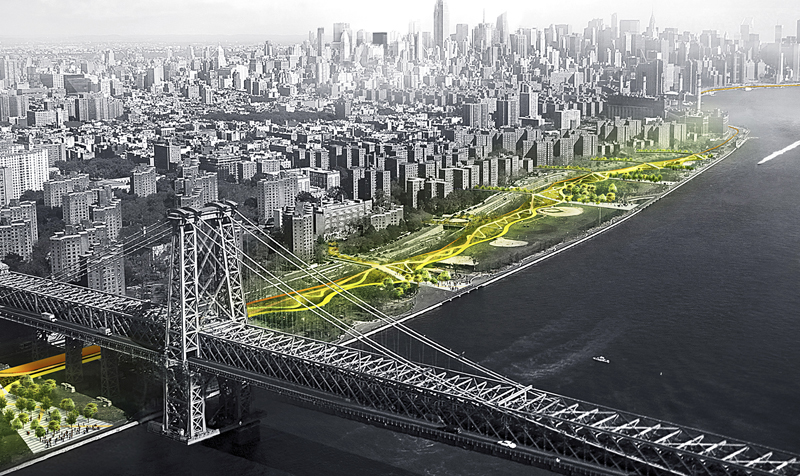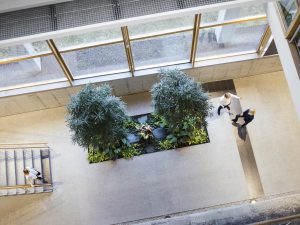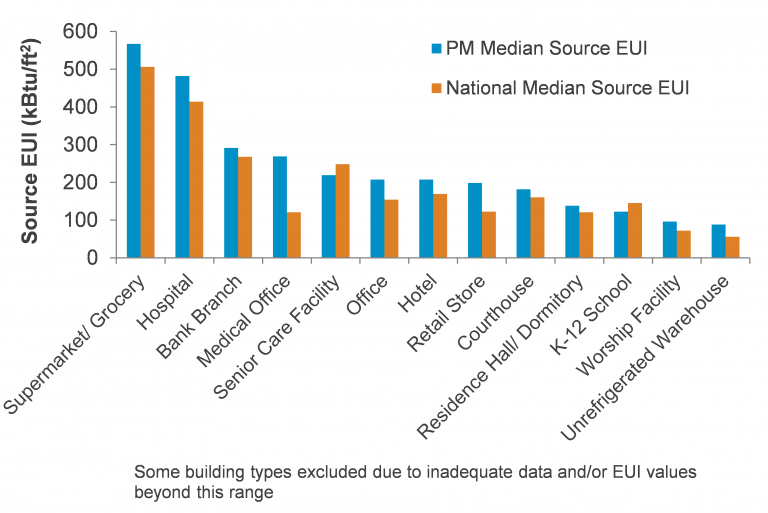
Resilience was the theme of the recent GRESB – Siemens Sustainable Assets Conference at the Crystal in London. It was an opportunity to hear a range of speakers on many aspects of resilience, what it is and why it is important and to understand the opportunities and risks it has for investors and operators. There was also an opportunity to hear about case studies and learn more from innovators in the field.
BRE spoke in the innovators session as resilience has been a key theme of BRE Trust research and in the development of BREEAM Infrastructure, the next generation of sustainability rating schemes for infrastructure.
The reason for this focus is that we rely on a wide range of constructed assets for our daily needs and lifestyles and for the necessities of life. And life becomes difficult if they are disrupted. It is therefore essential that long term resilience is considered in the design, construction and operation of these assets.
BRE was encouraged by industry to develop a version of BREEAM for infrastructure projects, and this is being piloted with several projects. In talking to the industry at that time resilience came up time and again and not only resilience in the face of extreme weather impacts and climate change, although these are critical, but resilience to a wide range of other threats. In BREEAM Infrastructure pilot we therefore developed a separate section dedicated to resilience.
CEEQUAL was the first sustainability rating scheme for infrastructure projects and was acquired by BRE in 2015. It was developed by the Institution of Civil Engineers in the early 2000’s and launched as a scheme in 2004. With over 700 project registrations since then some of the projects recently awarded CEEQUAL certificates include: Crossrail, Queensferry Crossing, Ordsall Chord, Pulpit rock on the A82 around Loch Lomond, projects at Arlanda airport, Stockholm. BRE is now bringing CEEQUAL and the BREEAM Infrastructure pilot together to become a new world leading scheme for the sustainability of infrastructure assets. This is in progress and a key section of this scheme will be risk and resilience.
Resilience is defined in the scheme as relating to these key areas:
Climate change: the risks associated with climate change that the asset may be exposed to over its life with the aim to minimise any negative impacts associated with these.
Flood and run-off: minimise the risk of flooding. Probably also included in natural hazards but flooding is often seen as a separate issue.
Business continuity: the procedures and processes needed to ensure the asset continues to operate in the event of a potential hazard or threat occurring and to minimise damage to the assets dependencies.
Natural Hazards: the risks associated with natural hazards that the asset is likely to be exposed to over its life with the aim to minimise any negative impacts associated with these.
Intentional threats: the risks associated with intentional threats that the asset may be exposed to over its life and minimise any negative impacts associated with these. These can include security, criminal activity and any threat mounted against the asset with the intent to disrupt.
Future needs: forward thinking to include measures that help ensure that future needs are met, such as:
- Population growth,
- New and existing technology
- Customer expectations,
- Flexibility of the asset,
- Resource availability,
- Potential industry changes
The scheme takes a risk assessment approach to focus on the issue and the design based events associated with these and then to prioritise the risks and rate them in terms of likelihood and severity. This analysis includes how the risks can be addressed, reduced and managed through the strategy, design, construction and operational phases of the project.
In addition, it is important to consult with relevant experts and stakeholders, identify tolerance thresholds and evaluate measures to mitigate the risks and associated impacts. This process then must inform the design specification.
The scheme seeks to reward projects where a risk assessment is completed for the in use and end of life stages of the asset’s life, a resilience plan is developed and distributed to all relevant stakeholders and the measures identified at the design stage are implemented. Find out more about CEEQUAL at https://www.breeam.com/discover/technical-standards/infrastructure/
Beyond the scheme BRE has engaged in resilience for a few years and has a Centre for Resilience. This has been a key theme of the BRE Trust (the Charity that owns BRE) providing a focus for research and producing tools to help industry in this area.
It currently has a focus on flood and is likely to extend this to broader areas of resilience. The mission of the Centre for Resilience is
‘to provide a place for the sector to research, learn, develop new standards and create the next generation of resilient materials, products, designs and innovations that will ensure the robustness and longevity of our built infrastructure.’
We are using our expertise and research to develop tools, standards and guidance in resilience, trialling and testing innovations, communicating and disseminating knowledge and developing new training and accreditation. You may have seen our flood resilient house on BBC Countryfile last year. Have a look at the website at https://bregroup.com/expertise/resilience/







